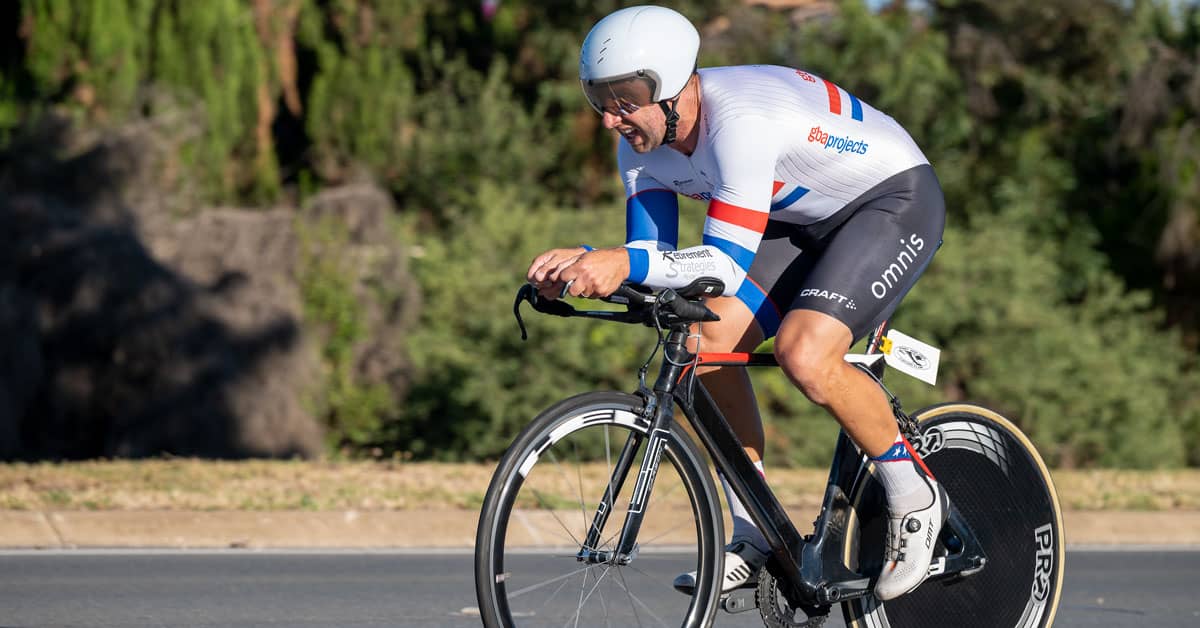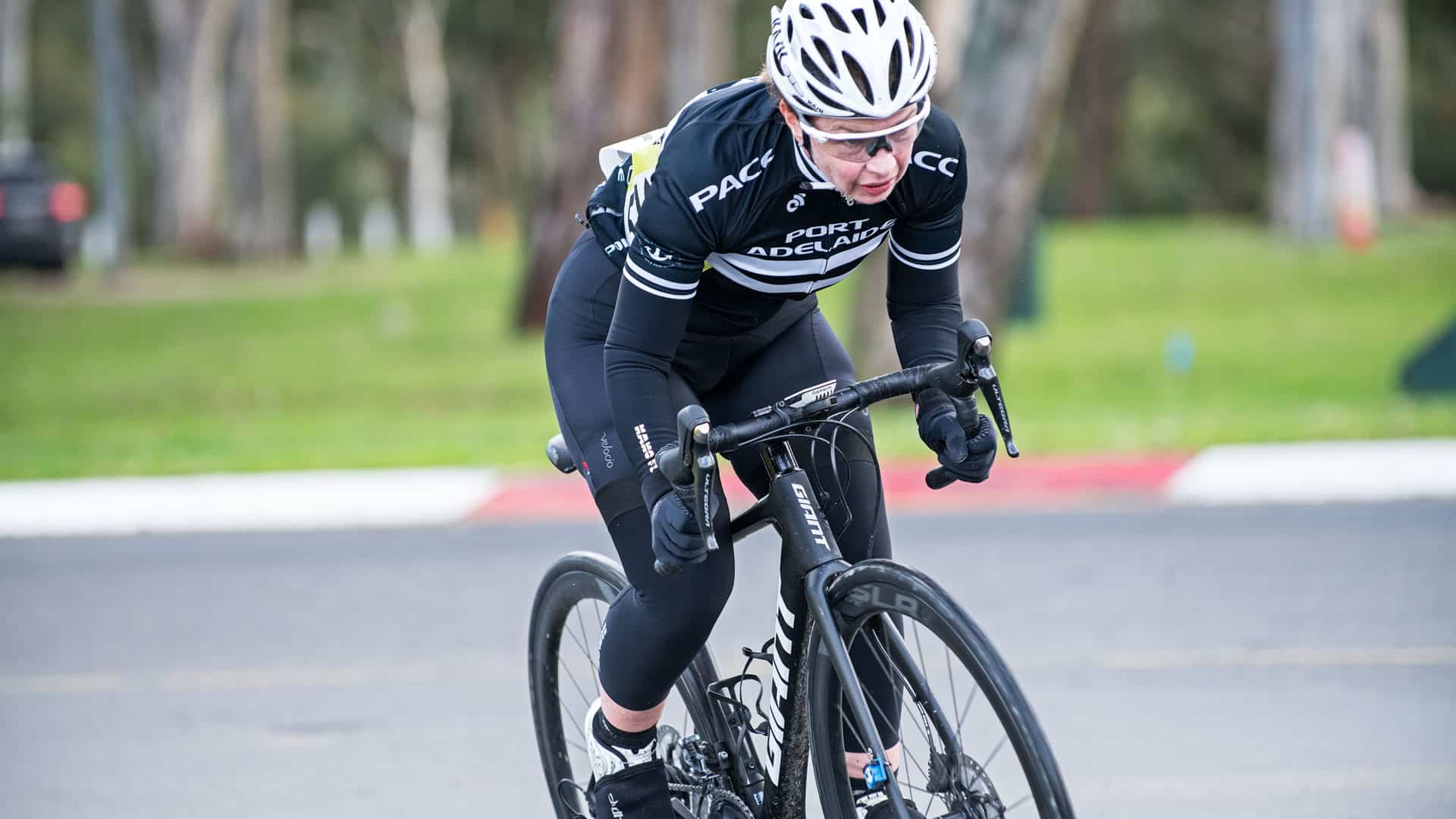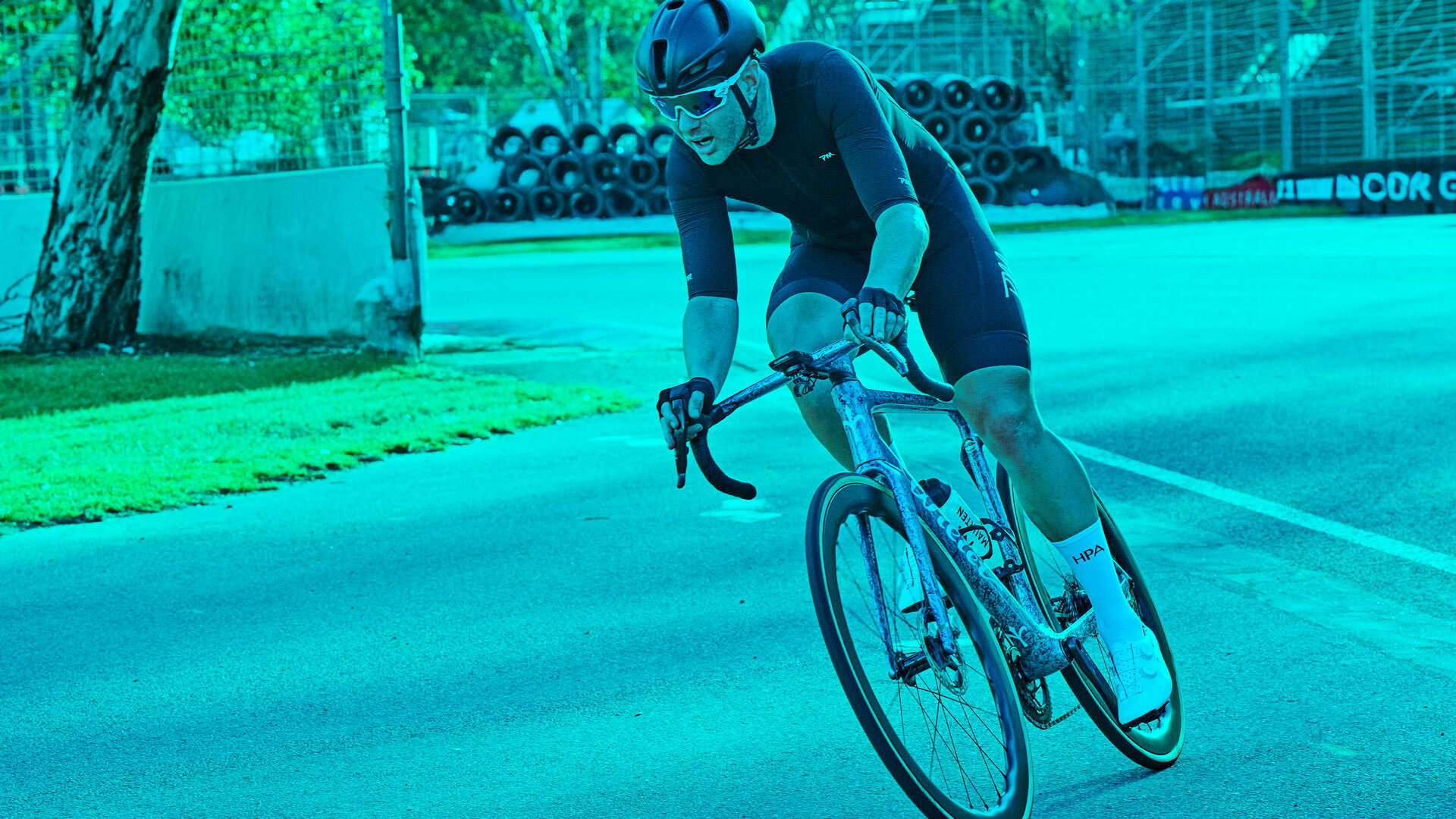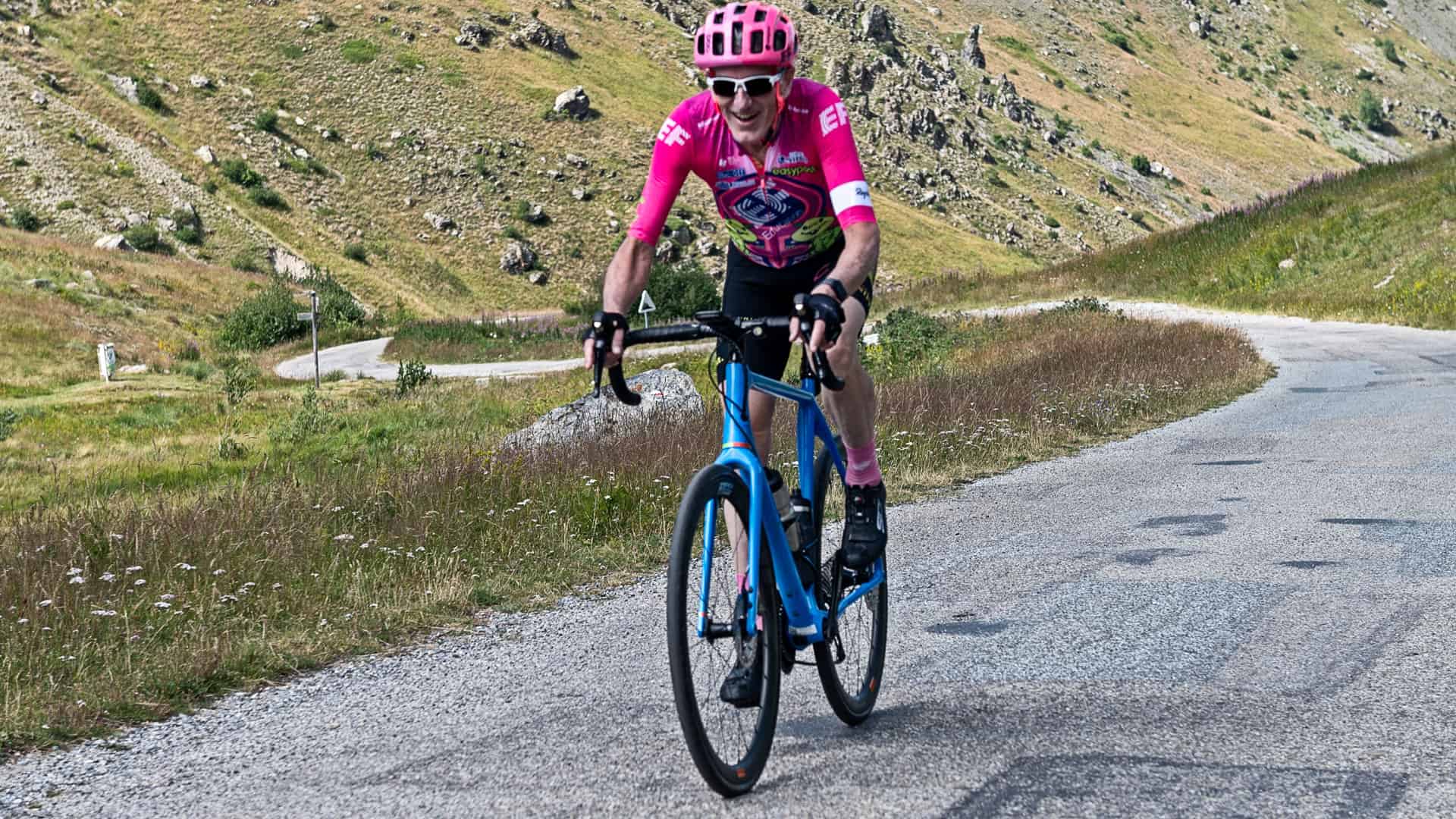Want to improve your time trial? Struggling to figure out what type to intervals to do to help you maximise your time? This article discusses the best type of interval training to help improve your endurance for individual cycling time trials.
In recent times the intervals being subscribed to help improve individual time trial performance for cyclists have slowly become shorter. Those who think that going out and pulling huge twenty-minute intervals in an effort to improve their time trial performance may need to investigate this further. I have been prescribing shorter intervals for several years now that are above threshold power to time trialist specialists and have seen very good results. It’s interesting to note research that supports this training technique. The following research was done in 1999 to prove just that. Here is what the abstract has to say:
Effects of different interval-training programs on cycling time-trial performance. Med. Sci. Sports Exerc., Vol. 31, No. 5, pp. 736-741, 1999.
Purpose: We have investigated the effect of varying the intensity of interval training on 40-km time-trial performance in 20 male endurance cyclists (peak oxygen uptake 4.8 0.6 Lmin-1, mean SD).
Methods: Cyclists performed a 25-kJ sprint test, an incremental test to determine peak aerobic power (PP) and a simulated 40-km time trial on a Kingcycle ergometer. They were then randomly assigned to one of five types of interval-training sessions: 12 30 s at 175% PP, 12 60 s at 100% PP, 12 2 min at 90% PP, 8 4 min at 85% PP, or 4 8 min at 80% PP. Cyclists completed 6 sessions over 3 wk, in addition to their usual aerobic base training. All laboratory tests were then repeated.
Results: Performances in the time trial were highly reliable when controlled for training effects (coefficient of variation = 1.1%). The per cent improvement in the time trial was modelled as a polynomial function of the rank order of the intensity of the training intervals, a procedure validated by simulation. The cubic trend was strong and statistically significant (overall correlation = 0.70, P = 0.005) and predicted greatest enhancement for the intervals performed at 85% PP (2.8%, 95%CI = 4.3-1.3%) and at 175% PP (2.4%, 95%CI = 4.0-0.7%). Intervals performed at 100% PP and 80% PP did not produce statistically significant enhancements of performance. Quadratic and linear trends were weak or insubstantial.
Conclusions: Interval training with work bouts close to race pace enhance 1-h endurance performance; work bouts at much higher intensity also appear to improve performance, possibly by a different mechanism.
Ref: http://bit.ly/l8FRaQ
Cyclists training for time trial events should investigate the integration of shorter intervals done at above threshold to help improve their time trial performance.
Other articles of interest:
Slow Down To Speed Up Your Hill Climbing – Cycle Up Hills Fast
Difference Between Training with Heart Rate and Power
How To Work Out Your Cycling Heart Rate Zones
What Does Your Resting Heart Rate Mean?
Heart Rate and Performance Parameters in Elite Cyclists






Leave A Comment